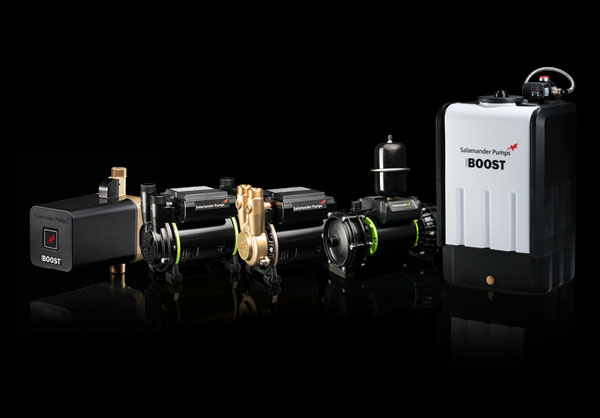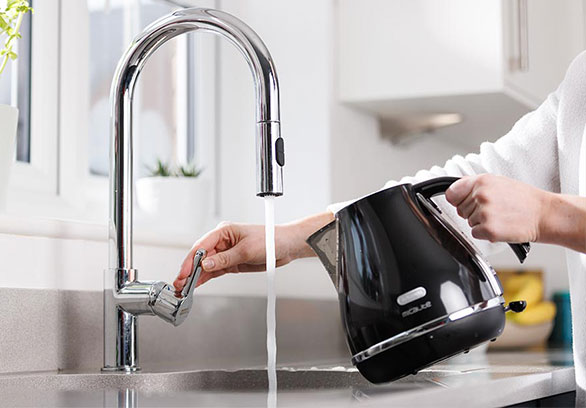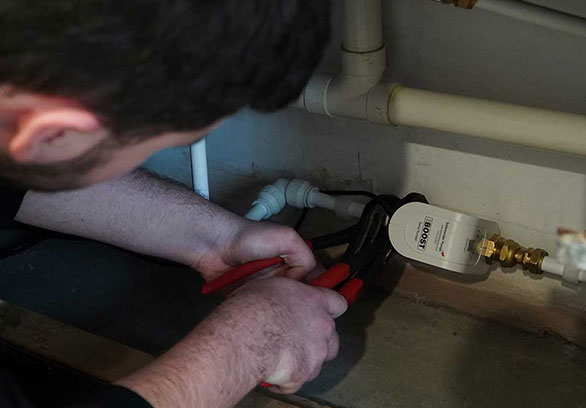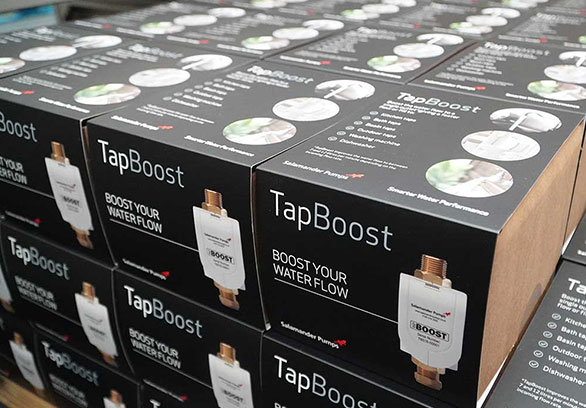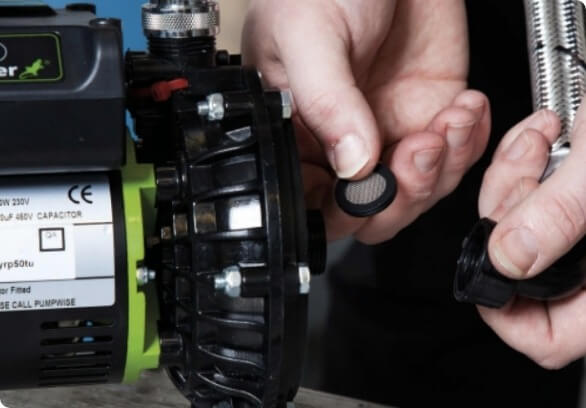Pre-installation
The Effects of High & Low Combi Boiler Water Pressure
Combination or combi boilers are the most popular type of boiler in the UK and, with their compact size, minimal piping and on-demand heating, it’s easy to see why.
If you already have one, you may be wondering what affects combi boiler water pressure.
Combi Boiler Water Pressure
Most combi boilers receive water directly from the mains water supply, although some can be tank-fed. Because of this, if there is a leak or maintenance work being carried out on your supply pipe, you may find that the performance of your boiler changes. Take a look at our blog post about who is responsible for mains water pressure if you think this may be the case.
The normal operating pressure for a combi boiler is between 1.5 bar and 2.0 bar of pressure. Problems can arise if your water pressure drops below or exceeds this boundary.
How Does Low Water Pressure Affect a Combi Boiler?
Low water pressure is a common problem with combi boilers. When water pressure drops below 0.5 bar of pressure, a pressure sensor inside the boiler detects the change and causes the boiler to switch off. This is a cautionary measure to prevent the boiler from operating without enough water and, as result, overheating.
A leak within the pipework is a major cause of a drop in pressure, as pressure is lost from the system. Depending on the type you have, the leak may be difficult to find, as the pipework could be hidden out of sight under floorboards or the leak could be slight.
To top up the pressure levels, you’ll need to re-pressurise your system. The instruction manual for your boiler should show you how to do this.
It’s normal to need to re-pressurise your system from time to time, although if your pressure regularly drops, the leak may be getting worse. If this happens, you should seek advice from a qualified plumber.
What to Do if Combi Boiler Pressure is too High?
Likewise, high water pressure can damage your combi boiler. Generally, high combi boiler water pressure is considered greater than 3.0 bar.
When the pressure exceeds this limit, a safety pressure valve will come into play. It is usually found on the outside wall where the boiler is installed and works by draining water from the system. This is an emergency feature to prevent damage to the boiler and injury.
To reduce the pressure in your system, bleed a radiator or remove water via a drain point. Remember to keep the pressure within the boundaries to avoid letting it slip too low and triggering low pressure problems.
